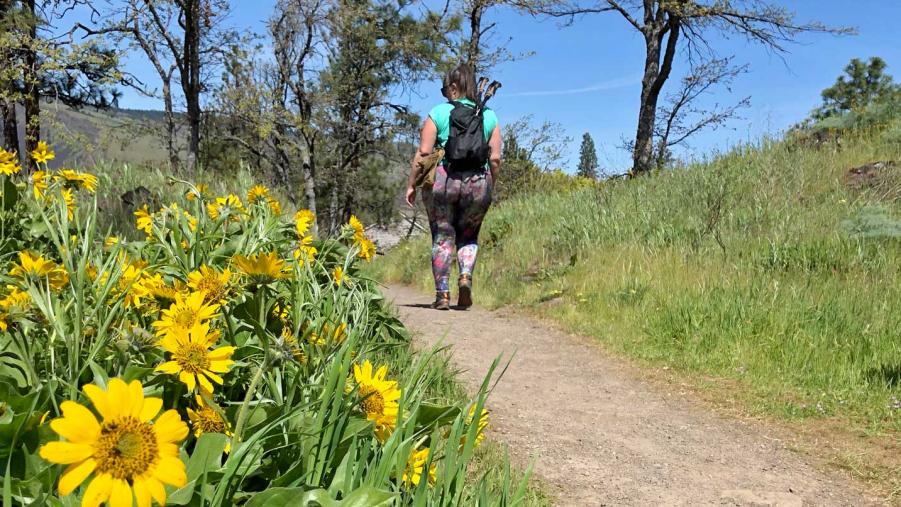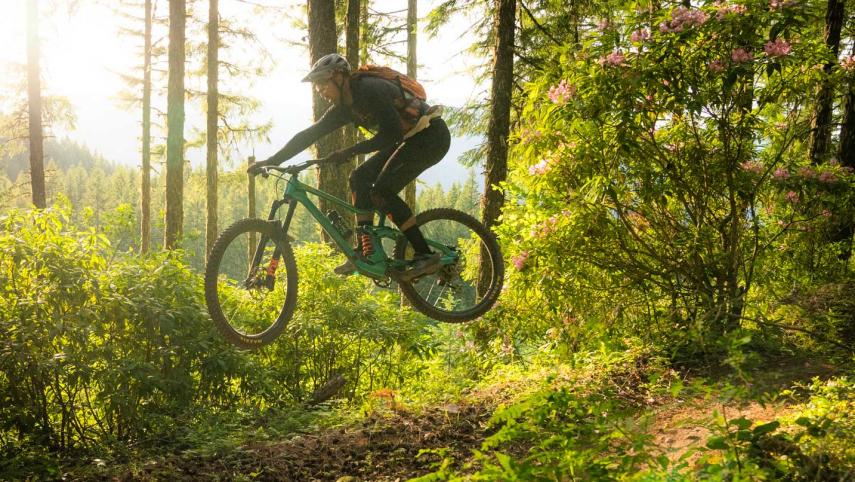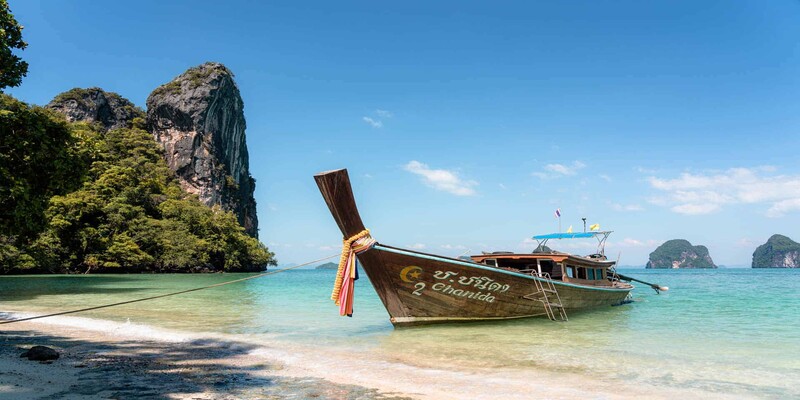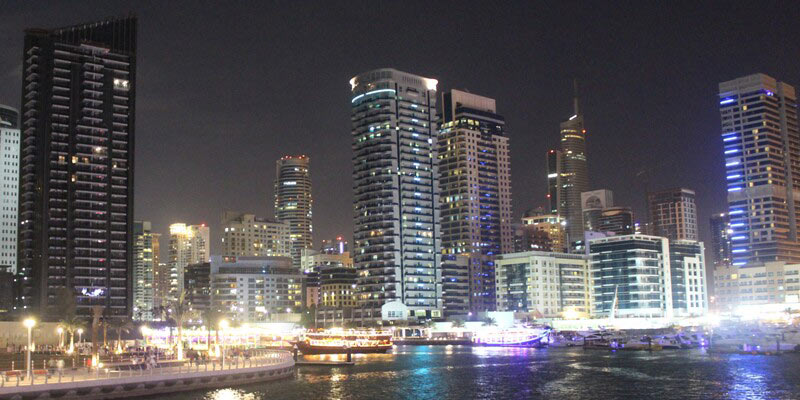Face coverings are needed in some indoor facilities to avoid the spread of COVID-19; thus, it is a good idea always to have one with you in case you are obliged to use one of these facilities. On the other hand, it is not the only thing to think about before going to a leisure place. Be ready to follow new procedures for a pleasant and secure trip. The following are essential actions to enjoy the outdoors in Oregon.
Remain close to home and do day outings in the surrounding area
Be sure that the location you choose for your day excursion into the great outdoors of Oregon is not too far from your house. Visiting a park outside your community puts its limited resources at risk and makes you less prepared for sudden closures of local parks. The land managers strongly advise avoiding the most popular spots and the busiest times of the day. Parkpulse.io, a website resource based in Oregon, finds recreation locations close to your location and provides information about each venue's potential for congestion as well as the incidence of COVID-19.
Keep social gatherings limited to small groups of people from your family. It is easier to control the spread of COVID-19 if travel and contact with people outside of the family are restricted. If you are feeling unwell or have symptoms similar to the flu, you should stay home.
Verify the current conditions of the park before you get there
Even though some of Oregon's parks may have fewer employees, fewer services, or fewer amenities available, many are still open for visitors to enjoy. Find out who maintains the site and whether or not they are presently open before you go there.
Recognize that unexpected closures may occur without prior warning. If physical separation cannot be maintained or there is a possibility of an infected individual being present at the location, parks have the right to shut down without prior notice in the interest of public safety. Have a fallback strategy ready if your destination shuts earlier than intended.

Pack everything you need
Carry along all of the necessities for the day, such as the Ten Essentials, hand sanitizer, face covers, money for park fees and petrol, and any other items that may be required. You may want to think about buying your parking permit in advance. Most parks favor card payments; however, the Forest Service and the BLM maintain numerous sites that exclusively take cash payments.
Maintaining high standards of both personal cleanliness and physical distance is essential
Going outside does not guarantee you won't run into anybody else while you're there. Maintain a high level of personal hygiene at all times and wash or sanitize your hands often. Be aware of which facilities are available for use. You may stifle your cough with the inside of your elbow or tissue (which you should throw away).
Outside, face coverings are not needed to be worn; nevertheless, it is highly advised that persons who have not been vaccinated and people whose health puts them at risk continue to wear facial coverings in busy outdoor places. In trailheads and parking lots, where crowding is possible, you should always be prepared to wear a facial covering.
Maintain your habit of maintaining a physical distance. While on the path, maintain a space of at least six feet between yourself and other people who are not family members. Hikers proceeding uphill are expected to maintain proper trail etiquette and have the right of way. If the place you are at is too busy and you cannot keep a space of six feet between you and the people around you, you should leave and try again later.
Avoid creating a crowded atmosphere in the parking lots, trails, and boat ramps
You should move quickly through parking lots, trailheads, and boat ramps to avoid crowds. These places can become congested quickly, impeding access to residential areas and emergency exits. Just park your vehicle in the spaces that have been marked. Always keep pets on leashes and maintain a space of at least 6 feet between them and other persons and animals.

Be alert and prevent dangerous actions
Take attention to the people and things around you. Remain on the pathways allocated for you, save for the few moments when you need to allow people extra space while passing to keep a safe physical distance. Carry whatever garbage you can, including throwaway gloves and face coverings, and make putting out wildfires your first priority. Be sure to pay attention to the directions for "Take Care Out There." Ensuring the parks are kept clean reduces the strain on the crew and the possibility of spreading the infection.
Choose activities within your ability level rather than venturing into unfamiliar territory now, engaging in risky conduct places pressure on the limited health and rescue resources that are now being directed toward meeting the emergency requirements associated with the infection.




